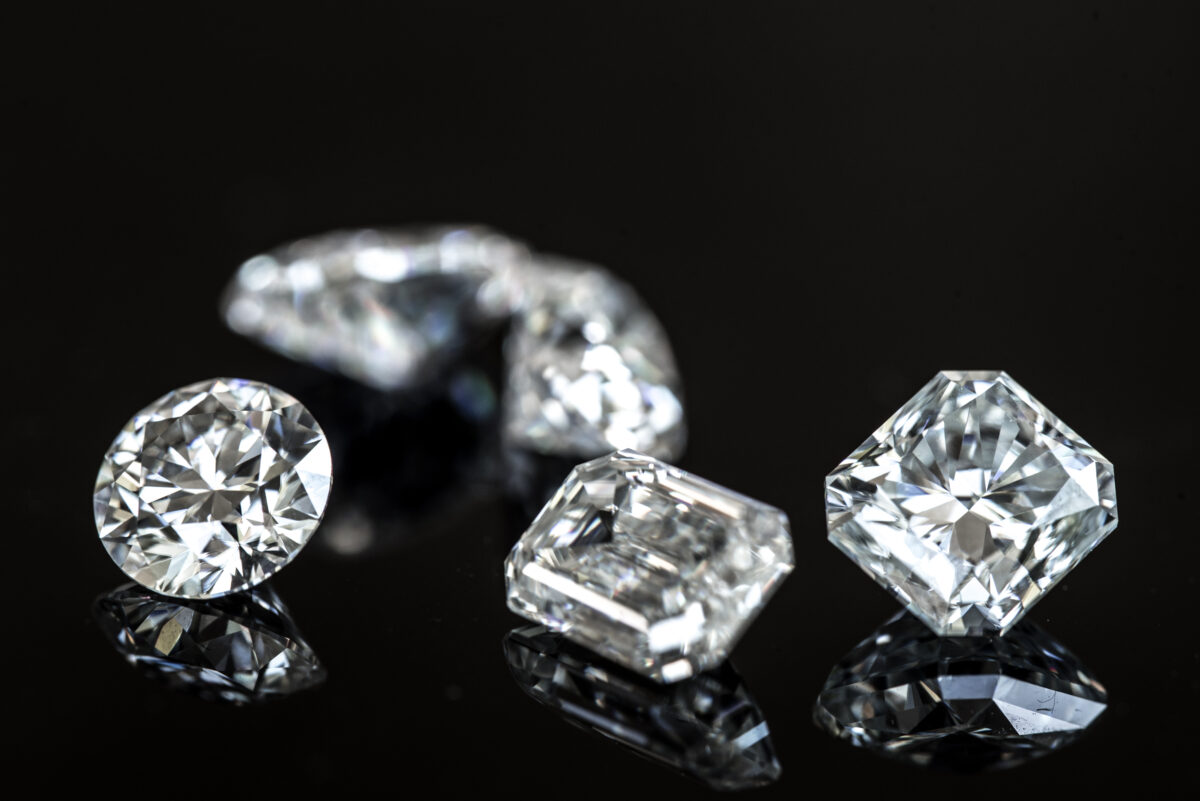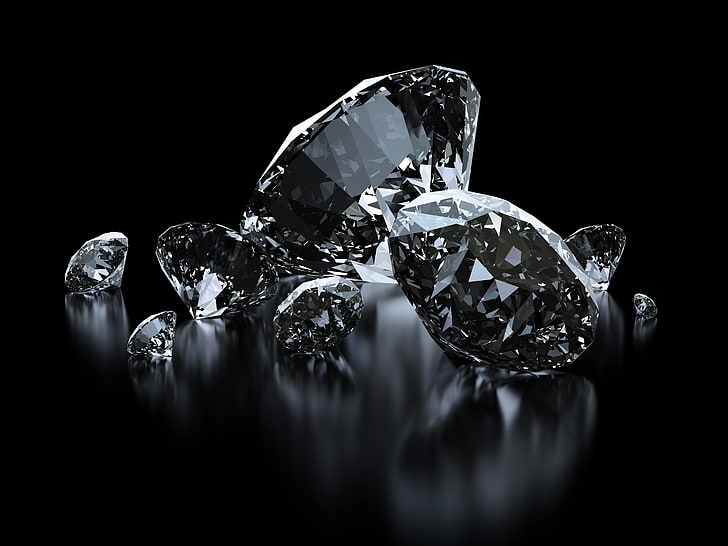Steel Structure Landscape Pergolas — Where Strength Meets Style
In today’s urban spaces, landscape pergolas are doing more than just providing shade. They’re shaping the way we experience parks, plazas, walkways, and even private gardens. These open-air structures not only offer protection from sun and rain, but also guide movement, define space, and add a powerful visual presence.
And when it comes to building a pergola that lasts, steel structure is quickly becoming the material of choice.
Why Choose a Steel Structure Pergola?
As a professional steel structure manufacturer, we’ve worked with designers, contractors, and developers across a wide range of outdoor projects. Time and time again, steel proves its value:
Stronger and Longer Lasting
Unlike wood, steel won’t warp, crack, or attract termites. It also handles corrosion far better—especially when properly treated.
More Affordable than You Think
Compared to aluminum, steel offers more strength at a better price point. It’s also ideal for larger or more complex designs where aluminum may fall short.
Creative Freedom for Designers
Steel is incredibly flexible to work with. Whether you’re after clean modern lines or intricate artistic shapes, we can cut, curve, and weld it to fit your vision.
Faster, Cleaner Construction
With prefabricated steel components, on-site installation becomes quicker and more efficient—saving time and labor costs.

What Can a Steel Pergola Do for Your Space?
Elevate the Look
A steel pergola can be a true centerpiece. Using advanced CNC technology, we can create custom patterns, cut-outs, and layered effects. When light hits the structure—whether it’s sunlight by day or LED lights at night—the shadows and reflections bring it to life.
Create Comfortable Zones
Our pergolas can be fitted with shading panels, glass, or polycarbonate sheets to offer weather protection. They’re perfect for outdoor rest areas in parks, commercial streets, or residential patios.
Organize and Guide Flow
In larger outdoor spaces, pergolas help divide different zones naturally—like separating a children’s play area from a quiet garden path. They’re practical, but never boring.
Tell a Local Story
Want something unique? We can incorporate regional styles, cultural motifs, or natural elements into your pergola design—making it more than just a structure, but part of your city’s identity.
Steel structure landscape pergolas have become a key element in modern urban landscape design, combining functionality, decoration, and artistic expression. They bring new life to public spaces, enhancing both the quality of the environment and people’s overall well-being. With their strong design flexibility, durability, corrosion resistance, and ease of installation, steel pergolas have become the preferred material for contemporary outdoor structures.









